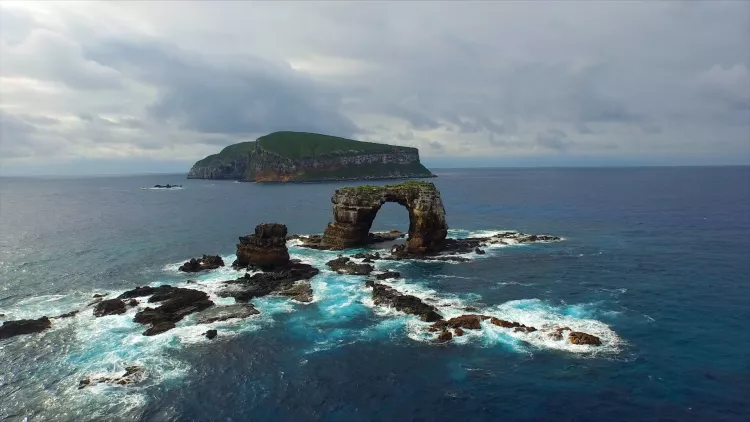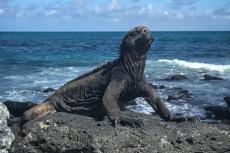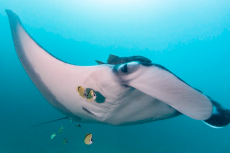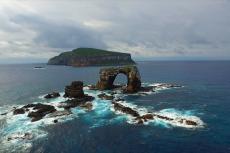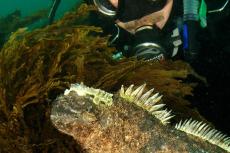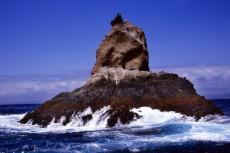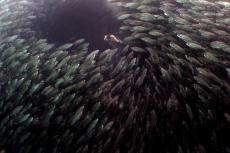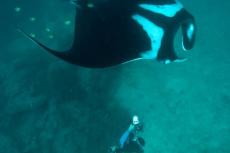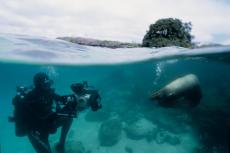Largest shark biomass found in the Galápagos Islands
Northern Galapagos islands of Darwin and Wolf are home to the largest shark biomass reported to date. Despite the large shark biomass, the abundance of reef fishes in this area has been severely reduced because of excessive fishing.
Overfishing has reduced biomass of most sharks and other large predatory fishes worldwide by over 90 percent, and even remote locations have been severely impacted. However, a few localities worldwide still maintain large abundances of top predatory fishes due to either being remote and unfished or having recovered after full protection from fishing.
Crossroads of currents
The oceanographic setting surrounding Galapagos results in a wide range of marine ecosystems and populations. Galapagos is the only tropical archipelago in the world at the crossroads of major current systems that bring both warm and cold waters. From the northeast, the Panama Current brings warm water; from the southeast, the Peru current brings cold water; and from the west, the subsurface equatorial undercurrent (SEC) also brings cold water from the deep.
Shark hotspot
Within the 138,000 sq km Galapagos Marine Reserve (GMR), the far northern islands of Darwin and Wolf represent a unique "hotspot" for sharks and other pelagic species. An ecological monitoring program has visited the islands over the past 15 years with a strong sampling focus to survey reef fishes and invertebrate communities. However, no study to date has examined extensively the abundance, size and biomass of sharks and other large predatory fishes around Darwin and Wolf.
Enforcement needed
Given how important the Galapagos are to Ecuador's tourism industry and to the well-being of these top predators, scientists from the Charles Darwin Research Station (CDRS) and the National Geographic Society urge strong enforcement of the new marine sanctuary in a study they just published in the journal PeerJ.
Although Darwin and Wolf are within the GMR, they were not fully protected from fishing until March 2016. Given the ecological value and the economic importance of Darwin and Wolf for the dive tourism industry, the current protection should ensure the long-term conservation of this hotspot of unique global value
- Log in to post comments


